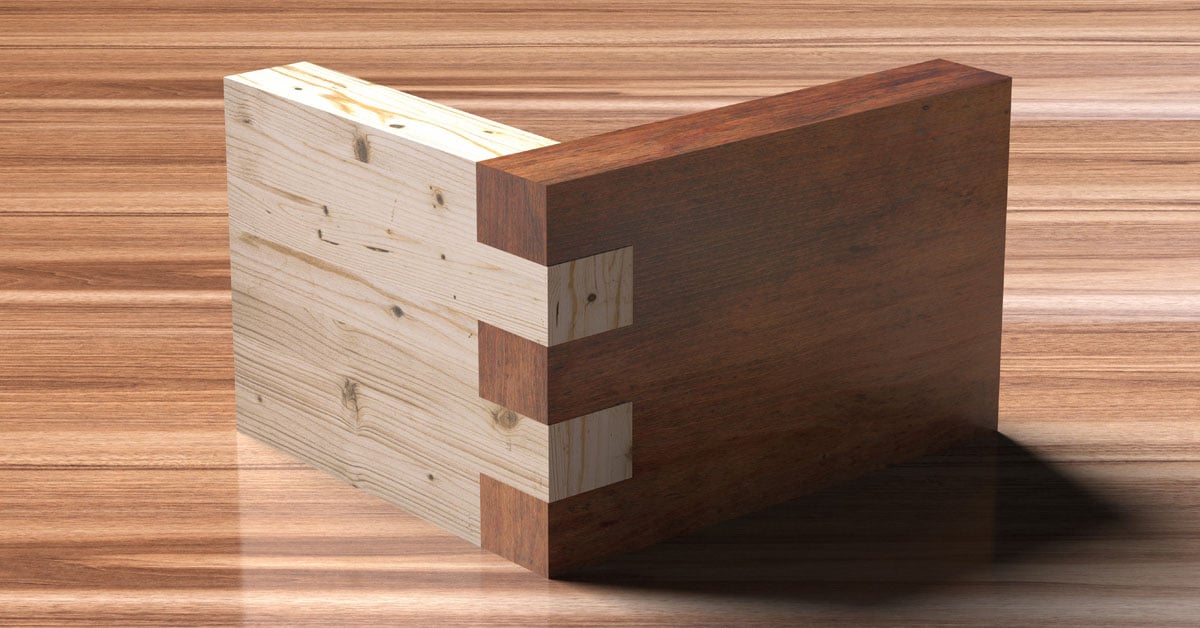Setting up a CNC woodworking workshop involves more than just getting a CNC machine. A...
Unlocking the Secrets of Successful Wood Joints in Cabinetry

Cabinet making is as much about the beauty of the finished product as it is about its durability. One crucial aspect that impacts both these attributes is the type of wood joint used in its construction. Well-constructed wood joints are the unsung heroes of cabinetry, offering strength and stability while maintaining a seamless look. In this blog, we'll unlock the secrets of successful wood joints in cabinetry, discussing their types, uses, and how to master them.
1. Understanding the Importance of Wood Joints
Wood joints are the foundation upon which a cabinet's integrity rests. A poorly made joint can result in an unstable piece, while a well-made one can last for generations. The right joint for your cabinet depends on a few factors: the type of cabinet, the material, and the tools at your disposal.
2. Dovetail Joints: The Classic Cabinet Joint
Dovetail joints are famed for their resistance to being pulled apart. The ‘tails’ and ‘pins’ interlock, creating a joint that needs no mechanical fasteners. These joints are often used in high-quality furniture and cabinetry, especially in drawer construction, because of their strength and aesthetic appeal.
3. Mortise and Tenon Joints: The Workhorse of Cabinetry
A tenon (a prong on the end of a piece of wood) fits into a square or rectangular hole (the mortise) on another piece of wood. This joint is strong and versatile, making it an excellent choice for cabinet doors, frame constructions, and more.
4. Rabbet Joints: Simple Yet Effective
A rabbet joint involves a groove (the rabbet) cut into the edge of one piece of wood that accepts another piece of wood. This joint is easy to produce and provides added surface area for gluing, making it a solid choice for cabinet backs and sides.
5. Pocket-hole Joints: Quick and Reliable
A pocket-hole joint involves drilling an angled hole into one piece of wood, then joining it to another piece with a self-tapping screw. It's a quick and straightforward joint, especially popular for face-frame construction.
6. Mastering the Craft of Wood Joints
Success with wood joints comes down to precise measurement and cutting, ample practice, and patience. Each joint type has its particular quirks, and getting to know them will greatly improve your craftsmanship. Always ensure your tools are sharp and clean, take your time with measuring and marking, and don't rush the assembly or gluing process.
Remember, every successful joint contributes to the cabinet's overall durability and beauty. By mastering these various types of wood joints, you'll elevate your cabinetry projects to new levels of craftsmanship and durability.



